Help! Dog Ate Dryer Sheet [What to do?]
Any dog parent knows the familiar feeling of yelling “noooooo” just as our pooches have something in their jaws that isn’t supposed to be there.
All dogs are curious creatures that explore and experiment with their mouths. Whether they are bored or hungry, they love to mess around in the house and eat anything they like, evening chewing on odd objects like socks, stones, plants, wires, and anything they can get their paws on.
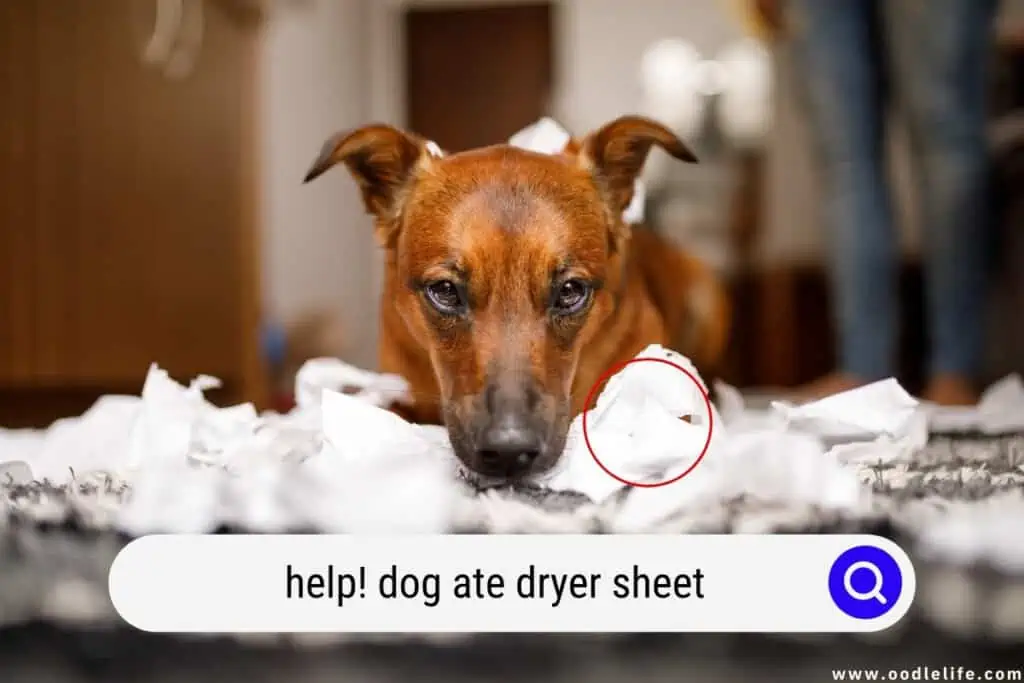
While most of the time it is simply annoying and frustrating, sometimes it can get downright dangerous, especially if they get into foods that can be toxic to dogs or find their way into your laundry room where your dryer sheets are. Uh oh.
Why Dryer Sheets?
Dogs are driven by their formidable noses and let’s face it, dryer sheets smell great! However, under that oh-so-pretty floral scent lies a deceptively toxic piece of fabric with chemicals like benzalkonium chloride, chloroform, and cetrimonium bromide.
As most of the dryer sheets contain cationic softener, they should be considered dangerous for our dogs.
The presence of these hazardous chemicals in almost every fabric softener or detergent imposes a serious risk on dog’s life if they swallow dryer sheets.
Even the minor exposure would be life-threatening in presence of these dangerous chemicals. They are most likely to irritate the skin, stomach lining, and mucus membrane. The dog might breathe heavily, cough, wheeze, or drool. In severe cases, it could lead to seizures, lung damage, ulcer, nervous system breakdown, and acute kidney disease.
In addition, there’s the added bonus of worrying about the obstruction that an indigestible dryer sheet will cause in your dog’s gut.
Yikes. Stay calm. Don’t panic, let’s see what you’ll need to do here before you go off to the vet.
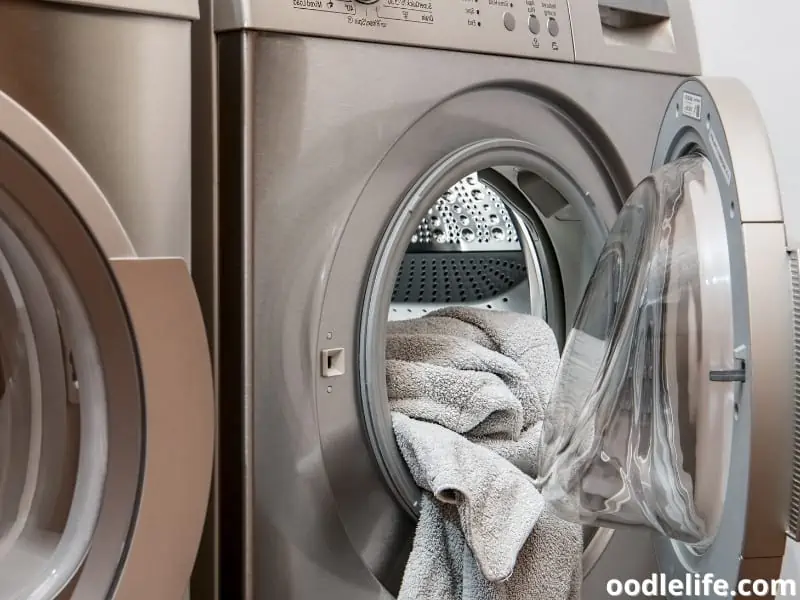
What To Do If Your Dog Eats A Dryer Sheet?
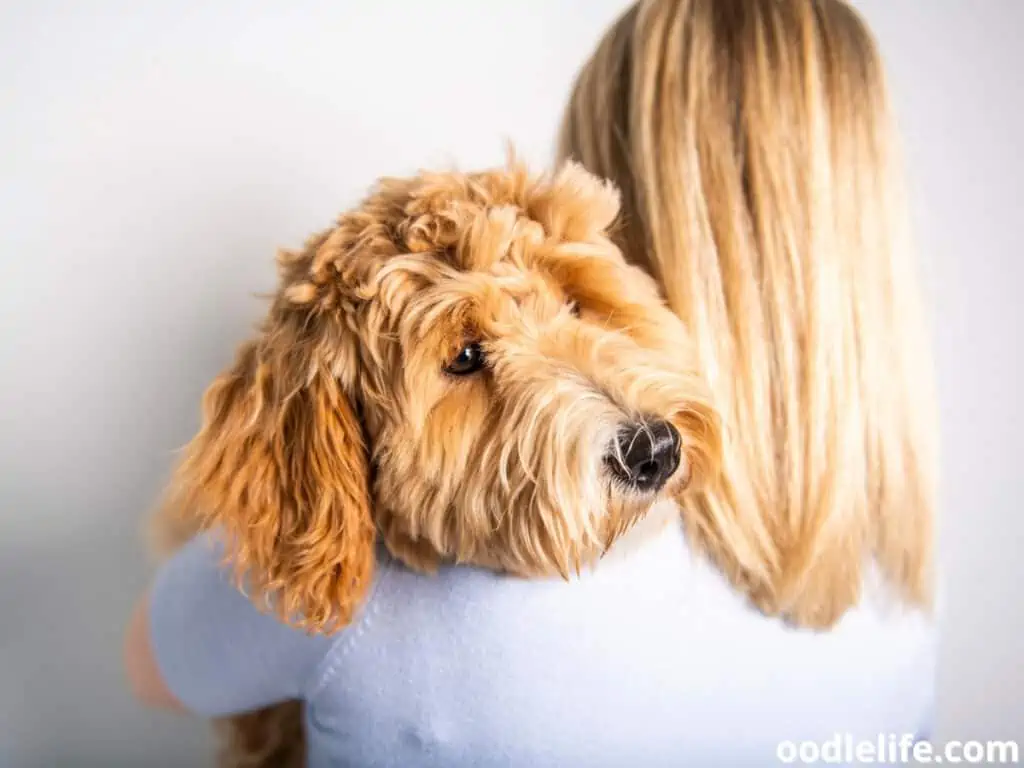
Step 1: Properly Check The Signs of Indigestion
Did he eat a single piece or did he wolf down half the box? Was the sheet washed or unused? In both instances, the chemical composition of what your dog ingested will significantly differ.
Either way, you’ll need to get your dog to the vet, who is likely to ask these questions.
Step 2: Do Not Attempt to Induce Vomiting Without Professional Support
If they suspect your dog has ingested something it wasn’t supposed to, some dog owners use hydrogen peroxide or some other trigger to induce vomiting at home, which is strongly not recommended. Inducing vomiting can block the esophagus of a dog, as the material battles to come up by ends up stuck, and choking the pooch.
Step 3: Immediately Call Your Veterinarian
Off to the vet’s you go! Why take the risk?
It is important to have as much information as possible when you go, so try to find out what your dog ate and when.
First, call your vet for some advice. Your vet may want you to bring your dog in, or they may give you instructions on how to care for your dog at home. In either case, it is important to follow the vet’s instructions carefully.
If you’re off to the vet, take a sample of a dryer sheet along as well as the cover or any wrapper so your vet can identify what your dog has ingested and treat him accordingly.
If left untreated, more severe consequences might manifest in the form of irritation or sickness such as burns, poisoning, heavy breathing, and digestive complications.
Symptoms May Vary From Dog to Dog
Clinical symptoms may vary and each individual dog will respond differently to the toxic reaction of these dryer sheets depending on their:
- Weight
- Size
- Age
- Overall health
- Amount of dryer sheet swallowed
- Type of sheet swallowed
Here are some common symptoms of poisoning in dogs:
| Vomiting | Weakness and lethargy |
| Diarrhea | Unable to get on its feet |
| Excessive drooling | Seizures |
| Uncontrolled shaking | Loss of consciousness |
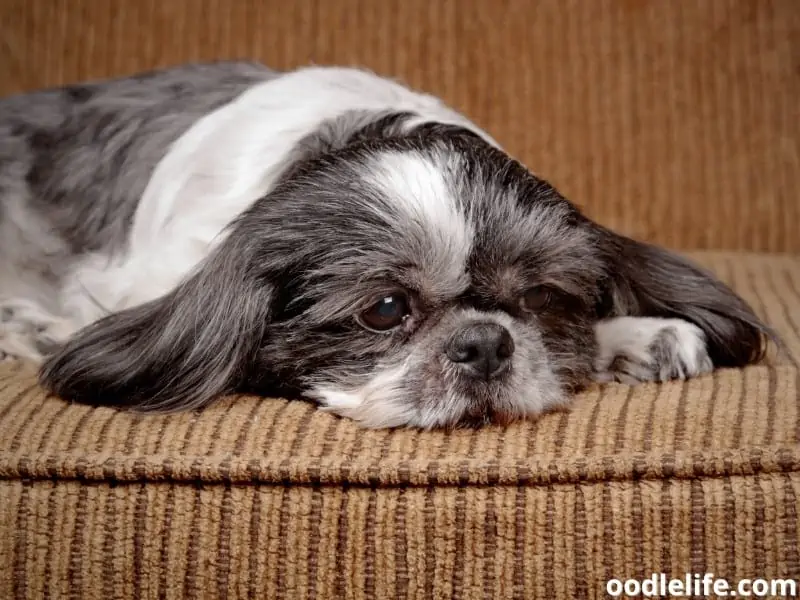
Treatment
In addition to a vet visit, you’re also likely to have some post-trauma care instructions to help your pooch recover.
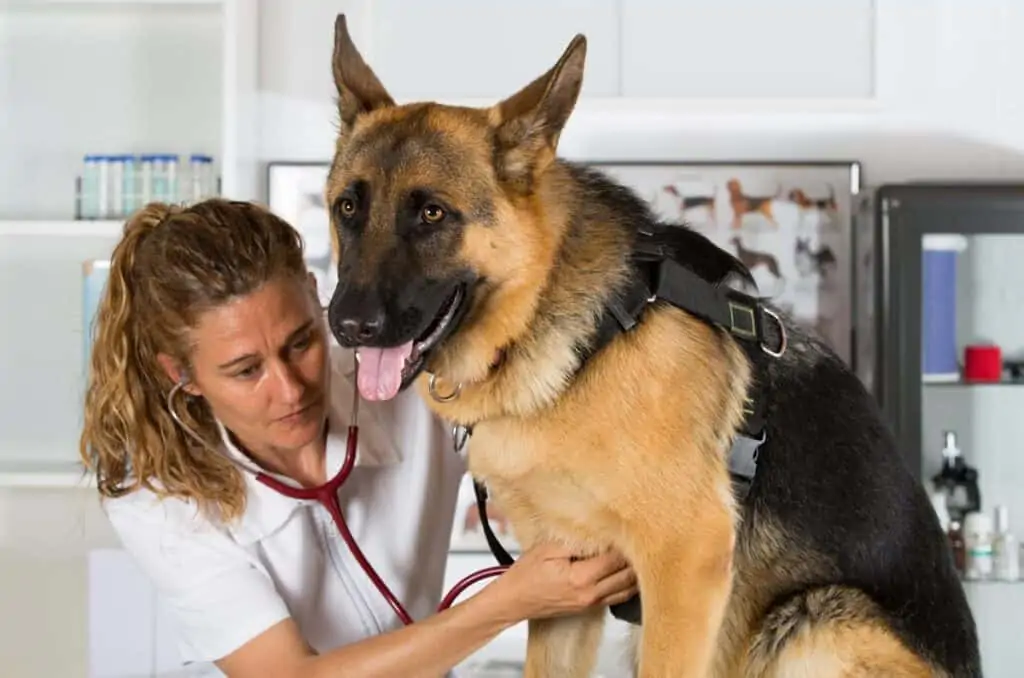
Induce Vomiting Under Vet Supervision
Your vet might get your dog to vomit within two hours after swallowing dryer sheets to reduce the amount of toxic chemicals going into your dog’s intestinal tract as well as to reduce the possibility of an obstruction of the bowel.
The quicker your dog pukes, the less problematic it will be.
Specialized Diet
Try giving a high fiber diet to speed up the gastrointestinal tract clearance like potatoes, boiled rice, and chicken. This meal will hopefully help him recover faster and prevent any blockage by stimulating quick digestion.
Water, Water, Water!
Loads of water can help prevent choking and help your dog pass the dryer sheet. It also helps your dog overcome any mild diarrhea or toxicity symptoms at home.
Restrict Activities and Exercise
All activities should be kept to a minimum and long walks and runs should be avoided. If there’s a blockage, heavy activity can leave a pain and discomfort in his gut.
Keep A Watchful Eye
You’ll have to watch your dog with an eagle eye for possible signs of toxicity and poisoning. Other symptoms that indicate poisoning include:
- More vomiting
- Diarrhea
- Pain
- Loss of appetite
- Lethargy
- Tenderness in the abdomen
- Difficulty pooping
If your dog exhibits further symptoms, an endoscopy or abdomen ultrasound can be conducted by a professional to assess the severity of the condition.
Gastrointestinal blockages can become complicated and the only recourse might be surgery. Blood samples might also be taken to check on the level of red and white blood cells.
Medication
Post-poisoning care medication might start if your dog continues to show signs of inflammation and irritating, or laxatives prescribed to help move any obstruction through the digestive system.
Prevention Is Better Than Cure!
The ancient adage “prevention is better than cure” never rang more true. Keep your laundry room secured and your dog out. It should be kept closed at all times if your dog is a curious pooch that’s prone to getting into stuff he really shouldn’t.
When you go grocery shopping, try buying stuff that is non-toxic or all-natural. Read each package before the purchase to check all the ingredients and make sure it is pet-safe as well as child-safe if you have any young children at home.
Dispose of all your dryer sheets well. These sheets are made of non-biodegradable polyester and soaked in fabric softener. Make sure your trash bin is closed and secured in a safe place like under the sink where your dog cannot get to.
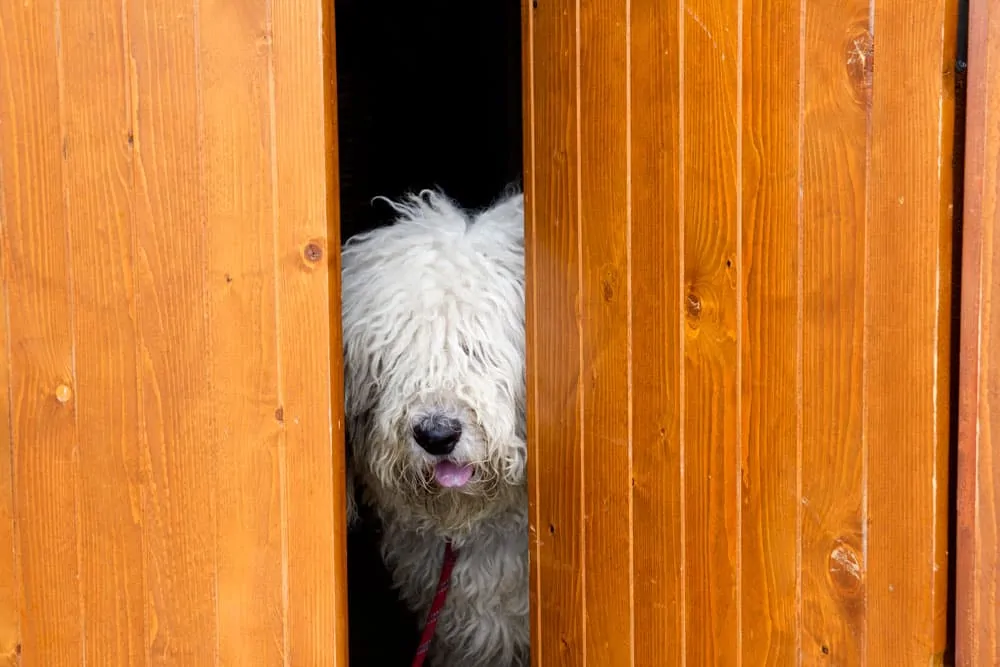
Dog Proofing Your Home
In addition to dryer sheets, there are a plethora of things in your home that your dog can get seriously sick from. From surprisingly toxic foods like garlic and onion to all kinds of liquids containing xylitol, you can prevent any accidental poisonings by a few easy steps to keep your pooch safe.
To start dog-proofing your home, this might sound weird, but first, get on your hands and knees and crawl around the house. Yes, no kidding.
It will give you a bird’s eye view of what your pooch can potentially get at. Try looking at the world from your dog’s height and perspective, and look out for any dangers or hazards.
In addition:
- Look out for and remove all electrical outlets and cables that your dog can potentially chew on.
- If it is impossible to dog-proof a certain area, cordone it off with baby or puppy gates.
- Keep doors closed to bathrooms and laundry rooms.
- Keep food off the counters and wipe down all the areas that might have food stains.
- Secure your trash and never let your dog get into the trash bin. Many types of human food are toxic to dogs, as are nicotine, alcohol, and stuff containing xylitol like mouthwash and chewing gum.
- Cut up all used plastic bags so that they can lie open and flat to eliminate any suffocation risk. Store food bags out of reach and securely in cupboards.
- Keep all cleaning supplies and laundry detergents safely out of reach. Even if closed with a child-proof cap, a powerful chewer can easily get a bottle open within a short space of time.
- Check your home for toxic plants. Some common household plants like tulips, azaleas, and lilies are toxic to dogs.
- Think about the substances that your pooch might reach. Seemingly harmless objects like candles, skincare products, and essential oils might get eaten and cause a massive problem with a dog’s sensitive digestive system.
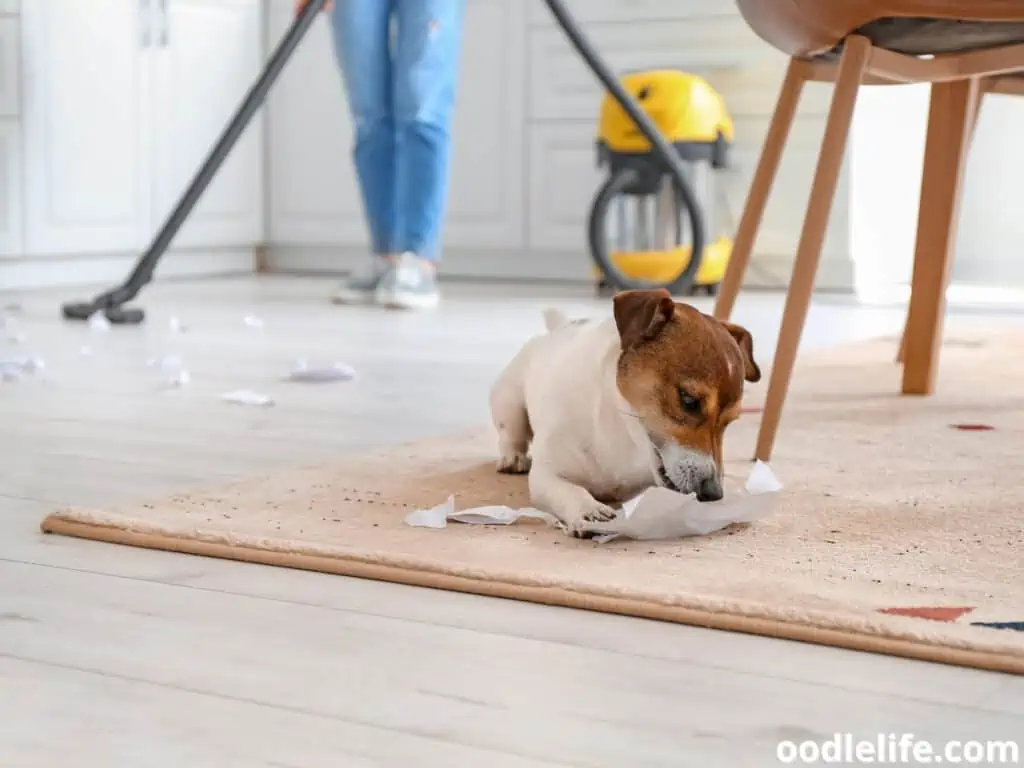
Final Thoughts
Although worrying, dogs eating something they aren’t supposed to happens more often than you think. Often, poisoning isn’t fatal as long as action is taking swiftly and decisively. Never try to treat your dog at home unless you are a veterinary professional, leave it to them! Your dog’s life depends on it!
Next time, keep all the nasties away from your pooch and far away from curious noses and all will be well. Good luck and all the best!